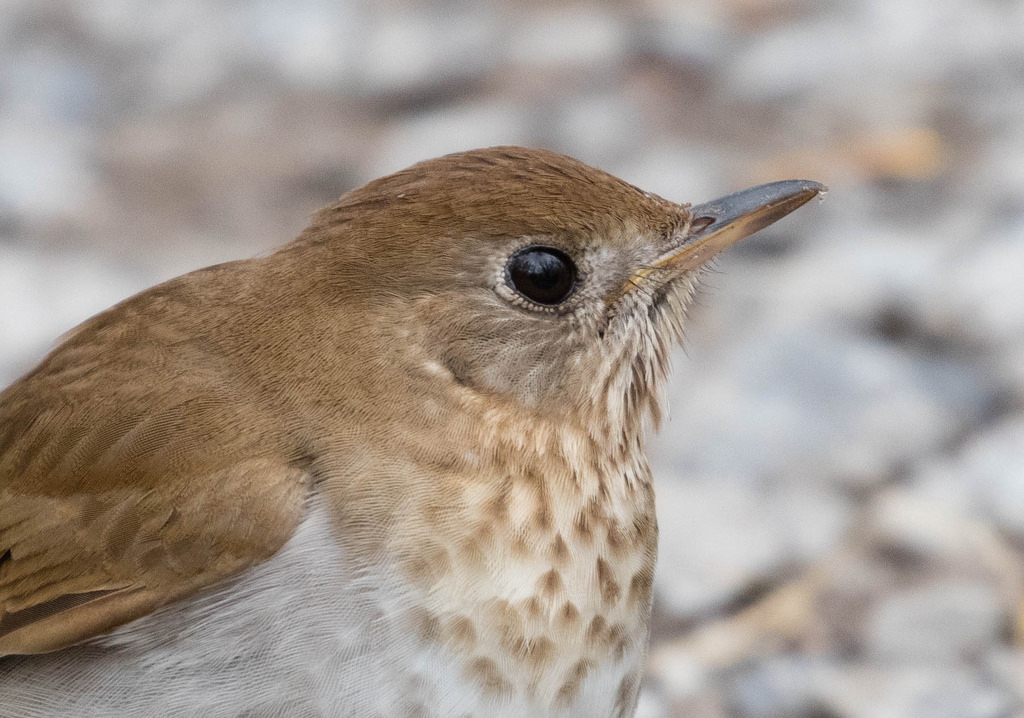91. Work to make conservation ethics a mainstream focus again.

In the 1960s and 1970s, environmentalism became a national fad in response to filthy air, dead lakes, burning rivers, and the rapid disappearance of treasured wildlife. But as we entered the 1980s, long lines at the gas pumps became short again, oil prices dropped so that people could afford to turn up the thermostat, and smog alerts became less numerous. A perception grew that we’d done everything we needed to do, and it was now okay to ease up on the regulations.
In 2001, the Vice President of the United States sniffed that conservation was “a personal virtue” and that there would be no sweaters and lowered thermostats in his office. Talk radio hosts and “ditto-heads” lambasted everyone promoting conservation and clean air and water as “environmental wackos.” Thousands of people bought Hummers, vehicles that are too heavy to be classified as light trucks, so via legal loopholes, they don’t have to meet any gas mileage requirements at all. The pendulum has swung to the opposite side in a bizarre national orgy of waste, a fad far more destructive than anything ever suggested or done by law-abiding environmentalists.
Whether environmentalism or antienvironmentalism happens to be in vogue at the time, our eternal need for clean air and water and green space is best served by developing what Audubon calls a “culture of conservation.” Everything we do to raise awareness of the natural riches and hazards in our world, and everything we do to help people enjoy and value our natural heritage, will contribute to this culture. As people realize how their actions directly affect the air they breathe and the water they drink, we may see those simple but time-honored principles such as “waste not, want not” and “clean up after yourself” being applied not only at home, at school, and in the workplace but also in the world at large.
From 101 Ways to Help Birds, published by Stackpole in 2006. Please consider buying the book to show that there is a market for bird conservation books. (Photos, links, and updated information at the end of some entries are not from the book.)